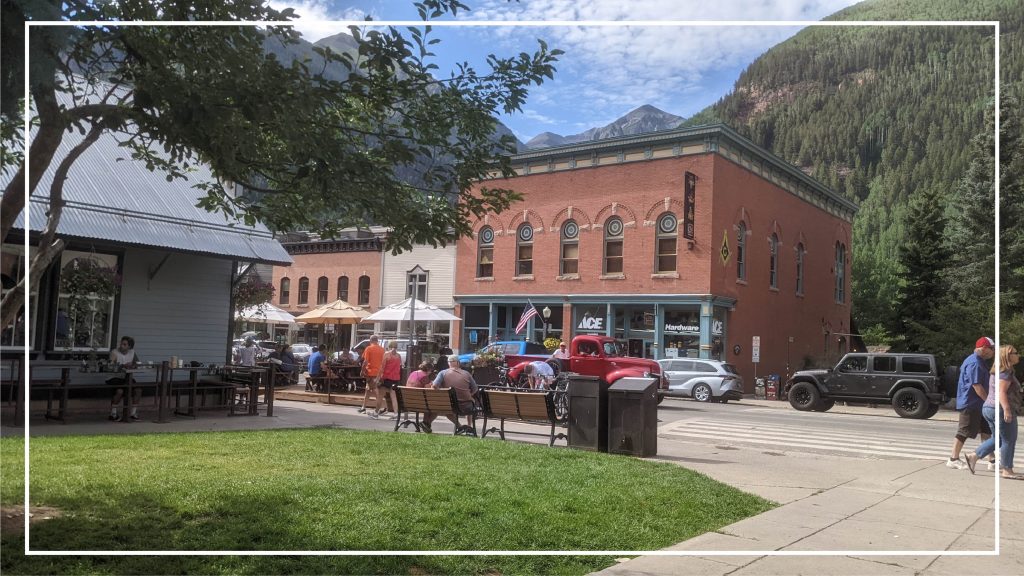by Patrick Teese, CDR Program Associate
In the summer of 2022, an interagency team of land use specialists—in partnership with local governments and advocacy groups—developed an important resource in Colorado’s fight to lower greenhouse gas (GHG) emissions and enable smarter land use policies.
This resource, a report entitled Land Use in Colorado: A Research Report on Challenges, Outcomes, Benefits and Policy Tools, is the culmination of months of discussion and learning among various stakeholders and experts. CDR’s Jonathan Bartsch and Patrick Teese are proud to have facilitated the creation of the report, which is now available to planners, policymakers, and community leaders throughout Colorado and across the country.
At the direction of the state legislature’s House Bill 19-1261, the Colorado Energy Office (CEO) released the Colorado GHG Pollution Reduction Roadmap in January 2021 to outline strategies for meeting statewide emissions goals. Chief among these strategies was a mandate to engage stakeholders to “explore options for how best to incentivize smart land use decisions.”

In response, five major Colorado state agencies assembled a collaborative team to develop a report to the Colorado State Legislature that (1) would identify and share best practices in local land use planning and (2) highlight opportunities for the State to support communities in adopting those best practices.
The agencies convened a public stakeholder group known as the Colorado Land Use Stakeholder Group to meet from the summer of 2021 to the spring of 2022. Stakeholders represented five state agencies (CDOT, DOLA, CEO, CDPHE, DNR), 4 statewide local governance advocacy groups (CCI, CML, CCAT, SDA), 20 local municipalities, 7 county governments, and the Denver metro areas’s regional transit agency (RTD).
Jonathan and Patrick led the engagement of this stakeholder group by planning and facilitating discussions, introducing expertise from land use professionals, and building consensus around a series of promising land use and community development practices. Working closely with the representatives of the state agencies and local governance advocacy groups, the CDR duo facilitated agreement on a series of strategy recommendations that highlighted opportunities for grant funding, technical assistance, and outreach to local communities.
Stakeholders considered the effects of land use and development patterns on transportation-related GHG emissions as well as a myriad of related concerns, and each participant was encouraged to bring their community’s unique circumstances and priorities to the table so that the group could more deeply explore nuances across planning and policy approaches. The final Land Use Research Report highlights the complexity of these relationships, exploring concerns related to infrastructure construction and maintenance, housing supply and affordability, transportation affordability, public health, climate change, and wildfire risk.
Continued exploration of these ideas is timely and of increasing interest to many. Communities, organizations, and agencies throughout the country are wrestling with challenges related to conflicts in land use and transportation planning strategies, and the research report highlights efforts championed in other states—such as California, Nevada, and Nebraska—from which Colorado can learn. This series of stakeholder group meetings represented an important step in aligning local and statewide players’ understanding of these issues and a move towards meaningful, collaborative progress.
Find the culminating research report here, at the bottom of this Colorado Department of Local Affairs’ (DOLA) webpage. We encourage you to share your thoughts with Patrick (pteese@mediate.org).
